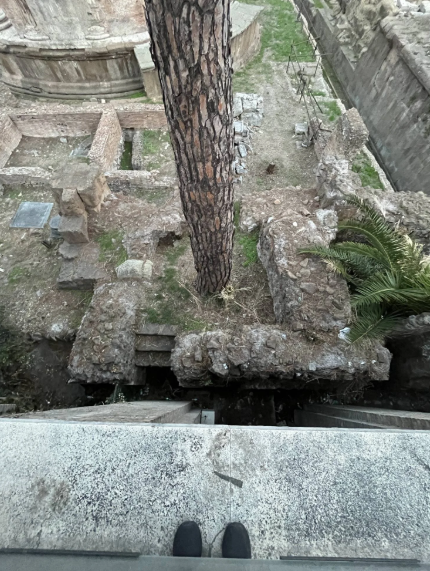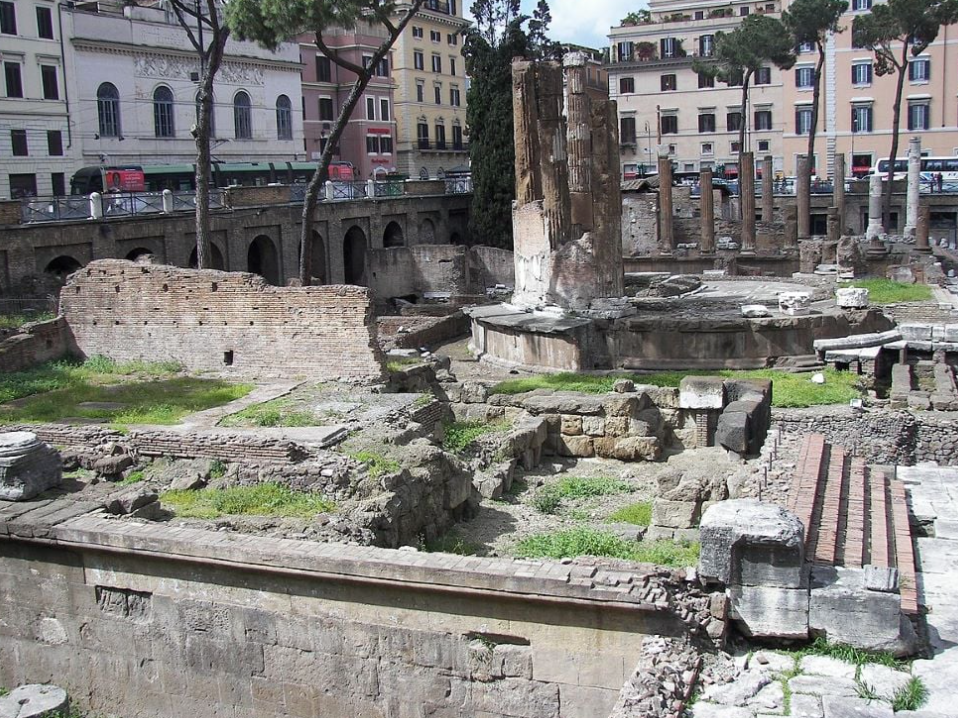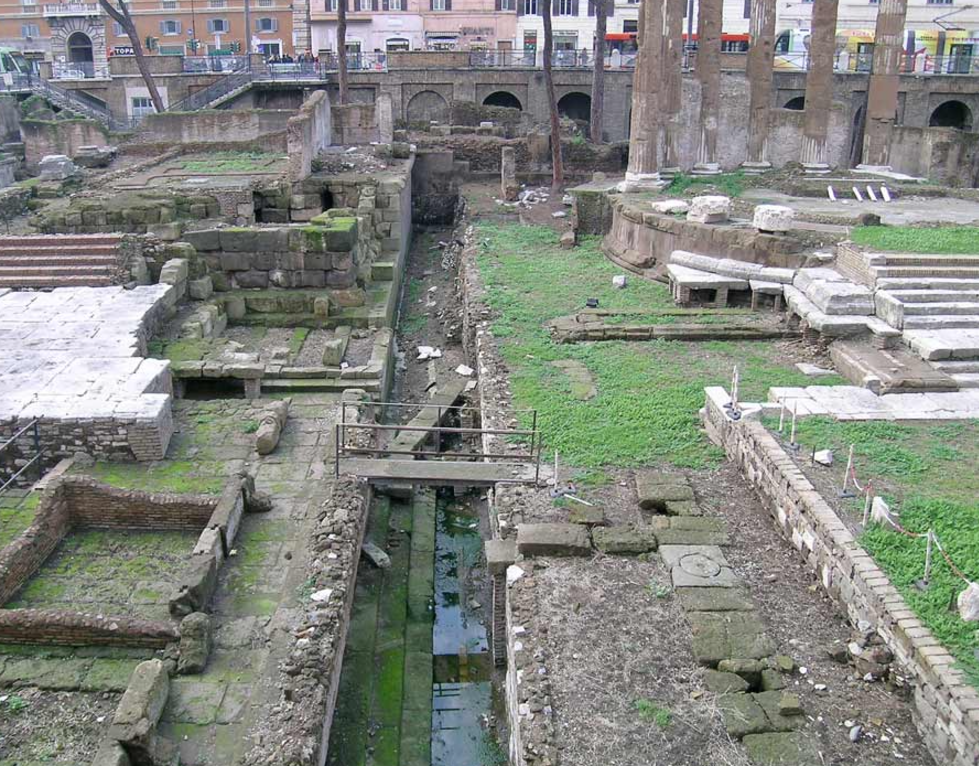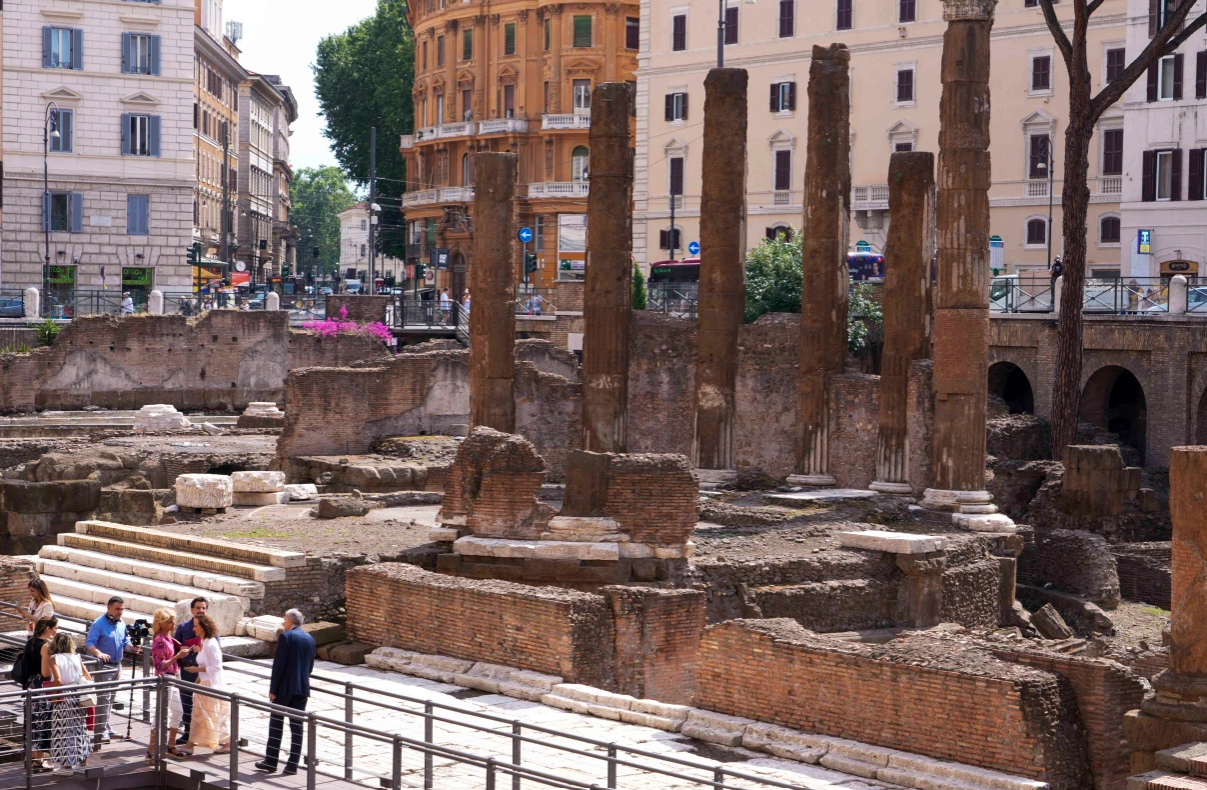The Caesars Assassination of Julius Caesar on March 15, 44 BCE, also known as the Ides of March, remains one of the most infamous events in ancient history. This pivotal moment occurred in the heart of Rome, marking the violent end of Caesar’s reign and the beginning of a dramatic shift in Roman politics. The exact location of the murder has been a point of historical interest for centuries, with most scholars agreeing that it took place in the Curia of Pompey, a theater complex in the Roman Forum.
Let’s archeology.dulichvn.net explore the historical significance of the location, its architectural features, and the events that led to one of history’s most notorious political assassinations.
The Historical Context of Julius Caesars Assassination
Caesar’s Rise to Power
Julius Caesar, a brilliant general and statesman, had risen to become one of the most powerful figures in Rome. Through his military conquests, including the Gallic Wars, and political maneuvers, he secured an unparalleled position as dictator for life. However, his ascent to power alarmed many senators, who viewed his rule as a threat to the Republic.

Fearing that Caesar would establish a monarchy, a group of senators, later known as the Liberators, conspired to end his rule. This conspiracy culminated on the Ides of March in 44 BCE.
The Ides of March
The term “Ides” refers to the middle of the month in the Roman calendar. The Ides of March held particular significance as a day of religious observance. For Caesar, it would become the day of his undoing.
In a meeting of the Senate, convened in the Curia of Pompey, Caesar was ambushed by a group of over 60 conspirators led by Brutus and Cassius. Despite warnings of danger, Caesar attended the session, where he was stabbed 23 times, ending his life.
See more: A Star-Studded Gathering: Oliver Hardy, Stan Laurel, Jimmy Durante, and Buster Keaton in 1932
The Curia of Pompey: The Site of Caesars Assassination
Architectural Significance of the Curia of Pompey
The Curia of Pompey was part of a larger theater complex built by Pompey the Great, a former ally and rival of Caesar. This complex, located in the Campus Martius area of Rome, included a large theater, gardens, and a hall for Senate meetings.

The Curia was designed as a rectangular hall, adorned with columns and statues, providing an impressive setting for political assemblies. Its placement within the bustling Campus Martius made it a central location for Roman public life.
Why the Curia Was Chosen
At the time of Caesar’s assassination, the Roman Senate was not meeting in the traditional Senate House (Curia Julia) due to ongoing renovations. The Curia of Pompey was selected as a temporary venue, offering a convenient and symbolic location for the conspirators to carry out their plan.
The choice of the Curia also carried a grim irony, as Pompey, the building’s namesake, had been Caesar’s rival during the Roman Civil War.
Preservation and Archaeological Evidence
Today, the site of the Curia of Pompey is part of the Largo di Torre Argentina, a square in modern Rome. Archaeological excavations have uncovered remnants of the complex, including the foundations of the Curia, allowing historians to pinpoint the location of Caesar’s murder.
Efforts to preserve the site have turned it into a historical landmark, drawing visitors eager to walk in the footsteps of ancient Rome.
See more: The Column of Marcus Aurelius and Faustina: A Timeless Roman Landmark
The Aftermath of Caesars Assassination
Political Turmoil in Rome
The assassination of Julius Caesar plunged Rome into chaos. Far from restoring the Republic, the murder led to a power struggle among Caesar’s supporters and enemies, culminating in a series of civil wars.

The principal conspirators, Brutus and Cassius, initially fled Rome but were eventually defeated at the Battle of Philippi in 42 BCE by Caesar’s loyalists, Mark Antony and Octavian.
The Rise of the Roman Empire
Caesar’s death set the stage for the end of the Roman Republic and the rise of the Roman Empire. Octavian, later known as Augustus, emerged victorious in the subsequent power struggles, becoming Rome’s first emperor. His reign marked the beginning of a new era in Roman history, one rooted in autocratic rule.
Caesar’s Enduring Legacy
Despite the conspirators’ intentions, Caesar’s legacy endured. His reforms, military conquests, and the Julian calendar left a lasting imprint on Roman society. Even his assassination became a symbol of political betrayal and ambition, immortalized in works of literature, art, and theater.
The Symbolism of the Ides of March
A Lesson in Power and Betrayal
The Ides of March have come to symbolize the dangers of unchecked ambition and the fragility of political alliances. Caesars assassination serves as a cautionary tale of how power can inspire both loyalty and treachery.

The Role of the Conspirators
Brutus, Cassius, and their fellow conspirators justified their actions as a defense of the Republic, but their motivations were also rooted in personal grievances and political ambitions. Their ultimate failure underscores the complexities of political resistance and the unintended consequences of their actions.
Modern Reflections
The phrase “Beware the Ides of March,” popularized by William Shakespeare in Julius Caesar, continues to resonate as a metaphor for looming danger. The historical event remains a subject of fascination, offering timeless lessons in leadership, loyalty, and the pursuit of power.
Conclusion: The Enduring Fascination with Caesar’s Death
The assassination of Julius Caesar on the Ides of March remains one of history’s most compelling stories, blending political intrigue, personal betrayal, and the dramatic collapse of a powerful leader. The Curia of Pompey, the site of his murder, stands as a poignant reminder of the event that forever altered the course of Roman history.
Today, the legacy of Caesar’s death lives on in historical studies, cultural references, and the ongoing fascination with ancient Rome. As we uncover more about the past through archaeology and scholarship, the Ides of March continues to captivate and educate, shedding light on the complexities of power, politics, and human ambition.

CÁC TIN KHÁC
Mark Twain & Olivia Langdon: A 36-Year Love Story Filled with Laughter and Devotion
The Tollund Man: A 2,400-Year-Old Mystery Preserved in a Danish Bog
Skara Brae: Scotland’s Hidden Neolithic Village
Porta Nigra: The Hidden Depths of Trier’s Iconic Roman Gate